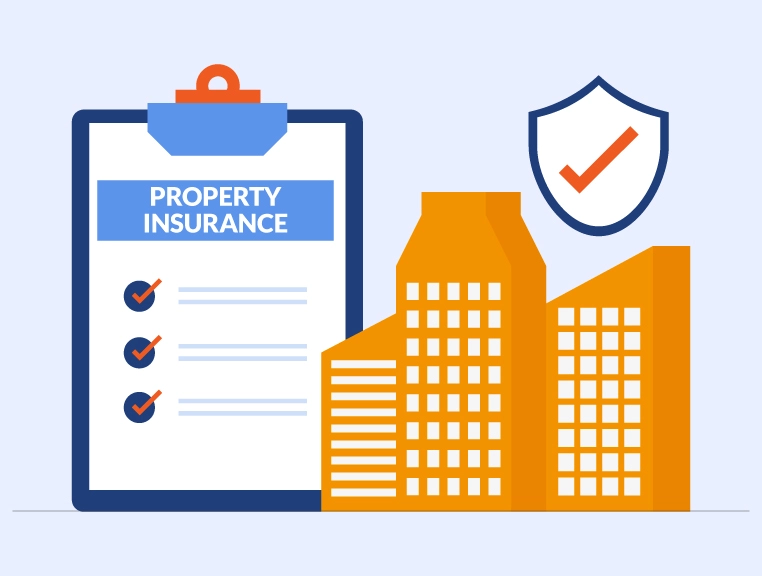The most important aspect of a fire insurance policy is the sum insured. The sum insured under a fire insurance policy should ideally represent the market value of the property/asset. If insured more than one property in the policy, should provide and divide values for each block into:
- Stocks,
- Buildings
- Plant and Machinery, furniture, or other capital assets for personal use
- Valuables, antiques, and precious materials
Each of these properties will be insured based on the type of insurance available for it:
- Stocks in Trade: Cost of Landing for the buyer, plus any processing cost, also called market value-based
- Buildings, capital goods (plant and machinery), and personal assets like furniture, etc.:
- Depreciated Value-Based: Material and labor cost (landed cost for insured in case of machinery) after inflation and depreciation for age, or
- Reinstatement Value-Based: Material and labor cost after inflation but without depreciation
- Under construction building: Material and labor cost only
- Valuables, Antiques, and Precious Materials: Cannot always value such assets at market value. Therefore, a value is agreed upon between the insurer and the insured for the insurance. This is called Agreed Value Basis insurance.
Therefore, the below-mentioned guidelines are provided for the calculation of the value of the property:
Building:
If the construction of the building completes, the value determines on the depreciated value basis or the reinstatement value basis. If the building is under construction, it estimates the total value of material and labor.
Plant and Machinery:
In the case of plant and machinery, whether new or secondhand, the value determines based on the market value of the plant and machinery. If used the reinstatement value, a suitable escalation for the policy period will be applicable.
In the case of obsolete machinery, the expert valuer determines the value and ascertained it between the insurer and the proposer.
Stocks and Stock In Trade:
The market value determines the value of stocks, as well as stock-in-trade.
Furniture, Fixtures, and Fittings:
For the determination of the value of furniture, fixtures, and fittings, the value is either market value or the reinstatement value basis.
Any items other than those mentioned above need to insure on an agreed-value basis.
Check here to know: How fire insurance is important for your business
Case of Sum Insured under Fire Insurance Policy
Sukhram Buildtech Pvt. Ltd. is a technology and services firm indulged in estate ownership and management services after a building is complete and occupied.
As a manager of the building and administrator of the residents, Sukhram wants to buy a fire insurance policy for the building which was constructed 20 years back. Therefore, they submit a proposal of Rs. 25 lakh to the insurer for the fire insurance.
The insurer after estimating the construction cost and depreciation revises the following proposal:
- The cost of materials for similar buildings in current times: Rs. 55,00,000
- The cost of labor for the construction of the same: is Rs. 750,000
- Depreciation factor for the building life at 5% p.a.: 2.6533
- Sum Insured on Depreciated Value Basis: Rs. 23.56 Lakh
- Sum Insured on Reinstatement Basis (without depreciation): Rs. 62.5 Lakh
The premium will also vary as per the choice of the Sum Insured by the company. Upon consulting with the residents who agree to bear the additional premium, the firm goes for reinstatement value insurance.
Further insurer advises the residents to ensure their household contents and valuables as well, as the risk to the building will also affect these assets inside the building. However, each resident must buy this insurance individually.




